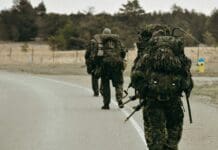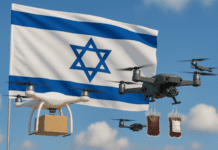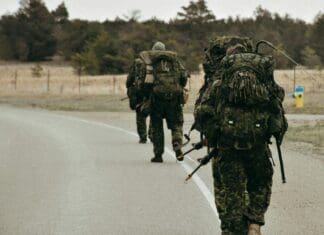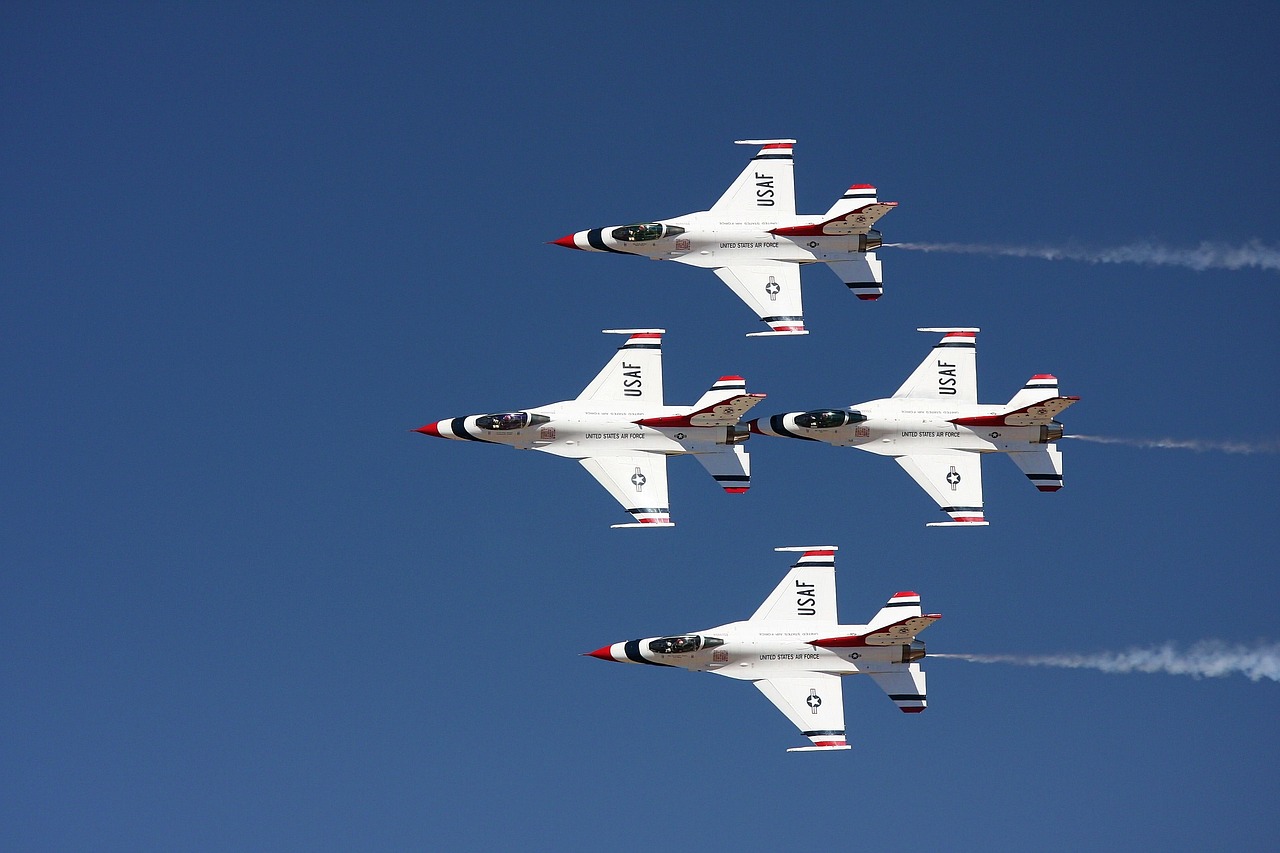This post is also available in:
 עברית (Hebrew)
עברית (Hebrew)
At a time of escalating regional tensions, Iran recently revealed the upgraded Shahed-136B suicide UAV during a military parade to commemorate the anniversary of the Iran-Iraq war.
The Shahed-136B represents a notable evolution of its predecessor, the Shahed-136. Key enhancements include a larger warhead, a turbojet engine, improved stealth capabilities, and a range of 2,500 to 4,000 kilometers, allegedly being able to reach Tel Aviv. This evolution reflects a strategic shift towards more conventional UAV designs, as the Shahed-136B sways from the well-known delta-wing configuration of the Shahed line. This change is intended to enhance aerodynamics and minimize the visibility of its propeller engines. Such improvements are crucial for increasing lethality and survivability in modern warfare, enabling Iran to conduct long-range operations more effectively.
Additionally, Iran also introduced the Shahed-238, a jet-powered iteration of the original UAV, and the new “Jihad” ballistic missile, which boasts a range of approximately 1,000 kilometers.
Western governments have expressed significant concern regarding Iran’s UAV program, particularly its potential implications for attacks on Israel, conflicts in Yemen, and broader geopolitical stability. This recent display of military advancements underscores Iran’s commitment to strengthening its aerial capabilities amid ongoing tensions, particularly with Israel and in the context of regional conflicts. During the parade, Iranian President Masoud Pezeshkian emphasized the importance of Iran’s deterrent military capabilities, and repeated Iran’s commitment to act against Israel.
The unveiling of the Shahed-136B and other military technologies has incited global reactions. While Tehran claims these advancements serve only defensive purposes, their enhanced capabilities raise serious concerns about their potential impact on regional conflicts and security dynamics. As Iran bolsters its military arsenal, it is likely to further intensify the geopolitical climate in the Middle East.
The introduction of the Shahed-136B marks a critical step in the modernization of Iran’s military capabilities. As Tehran continues to enhance its technological capabilities, the ramifications for regional security and international relations are significant, suggesting that tensions between Iran and its adversaries will not decline in the coming time.


























